39 how to read food labels carbohydrates
Food Labels | CDC If you eat the whole thing, you are eating 8 times the amount of calories, carbs, fat, etc., shown on the label. Total Carbohydrate shows you types of carbs in the food, including sugar and fiber. Choose foods with more fiber, vitamins, and minerals. Choose foods with lower calories, saturated fat, sodium, and added sugars. Learning To Read Labels :: Diabetes Education Online On a nutrition food label, subtract the fiber from the total carbohydrate amount. When you read food labels, the grams of sugar are already included in the total carbohydrate amount, so you do not need to count this sugar amount separately. The grams of sugar listed include both natural sugars, from fruit or milk, and added sugars.
Reading labels | Diabetes UK Always look at the 'total carbohydrate' on the label when carb counting. This will make sure you are counting both the complex (starchy) and simple (sugary) carbs in your food. Both will raise your blood glucose (blood sugar) levels, and need to be matched with insulin.
How to read food labels carbohydrates
How to Read Food Labels for a Heart-Healthy Diet The lower the net carbs, the better." Berries: "I usually choose blueberries, which are anti-inflammatory and not as high in sugar as bananas.". Yogurt: "I choose a low-fat brand that's marketed as 'diabetes friendly' on the label, which means it's low in carbohydrates. You get all the benefit of yogurt with far fewer carbs. Low Carb Guide to Understanding Nutrition Labels - Virta Health Sugar should be zero as often as possible (1-2g at most). . Fiber is a carb and should be included in your total for the day (initially 30g or less). Again, pay attention to the serving size. Something might be low in carbs, but if you eat 3 or 4 servings, you can easily go over your daily limit. 7. PDF How Do I Understand the "Nutrition Facts" Label? Most foods in the grocery store have a Nutrition Facts label and ingredient list. When you go grocery shopping, take time to read the Nutrition Facts labels on the foods you purchase. Compare the nutrients and calories in one food to those in another. The information may surprise you. Make sure you aren't buying foods high in calories, saturated
How to read food labels carbohydrates. Food Labels and Counting Carbs - dummies Total Carbohydrate is listed in grams. Because %Daily Value is written in bold and off to the right side of the label, and lined up neatly with the actual amount, it is easy to allow your eye to zero in on the %Daily Value rather than the actual amount in grams. How to Understand and Use the Nutrition Facts Label | FDA For certain products that are larger than a single serving but that could be consumed in one sitting or multiple sittings, manufacturers will have to provide "dual column" labels to indicate the... How to Read Nutrition Labels: Fat Content, Carbs & What To Look For The Nutrition Facts label lists three requirements for carbohydrates: Total Carbohydrates, Dietary Fiber, and Total Sugars. This section of the label is where you'll see if a product has any added sugar (a low-carb and general dietary no-no!) as well if the product uses Sugar Alcohols to add sweetness. Fats, sugar, carbs: How to read a food label (and seven words to watch ... The "total carbohydrate content" of the food will actually include the sugars within this number and give you an idea of the amount of fuel a food contains. For example, if you consider that a slice of bread or a piece of fruit contains 15-20 grams of carbs per serve, then a food that contains 60-80 grams of carbs per serve is an energy-dense ...
How to Read Food Labels Without Being Tricked - Healthline Still, processed foods that are labeled low-carb are usually still processed junk foods, similar to processed low-fat foods. Made with whole grains. The product may contain very little whole ... PDF Read the Food Label for Carbohydrates - NHLBI, NIH Read the Food Label for Carbohydrates Food labels help you choose foods that are lower in calories and in carbohydrates and sweeteners. Here is a food label for a 12-ounce regular soda. The label provides lots of useful information. 1. Serving Size and Number of Servings The serving size is 12 ounces. There's 1 serving in this container. 2. How to Read a Food Label to Make Sure It's Keto in 3 Easy Steps Subtract Dietary Fiber and Sugar Alcohols (if any) from the Total Carbohydrate. *Total Carbohydrate minus Dietary Fiber, minus Sugar Alcohol (if any) = Net Carbs Total Carbohydrate ( 4 grams) - Dietary Fiber ( 1 gram) = 3 gram s Net Carbs The Total Carbs for ⅔ cup of this packaged cauliflower is 4 grams, and the Net Carb is 3 grams. Why the 2 camps Is it Keto? How To Read Food Labels - Remake My Plate Step 1 - How to read food labels: Check the serving size. Serving Size (highlighted in red above): if you are counting carbs then you need to know how much of the food item will have the number of carbs, fiber, protein, etc that is shown on the label. Start by looking at the serving size to see what makes up a serving size.
How to Read Carbohydrates on Food Labels - GlycoLeap When learning how to read carbohydrates on food labels, always remember that 1 serving of carbohydrate is equal to 15 g of carbohydrates. If you want to have a snack, it is recommended to eat no more than 1 to 2 servings of carbohydrates in one sitting. That would be around 15 to 30 g of carbohydrates. Snack = 15 - 30 g of carbohydrate How to Read a Food Label | Atkins Here's what you should be aware of on a nutrition label: Serving size (if you have more than one serving, be sure to add in the carbs) Total carbohydrates expressed in grams Amount of dietary fiber expressed in grams (subtract from total number of carbs to get the net carb count) Sugars expressed in grams Reading Food Labels for Carbohydrates - dummies To find the amount of carbohydrates in your foods, follow these steps: Look for the line that reads "Total Carbohydrate" on the label. The value on this line will tell you how many grams of carbohydrates are in one serving of the food. Check the number of servings per container to see if your package has one or more servings. Reading Food Labels | ADA - American Diabetes Association The Nutrition Facts labels on foods are really the key to making the best choices. We'll cover the basics so that these labels make shopping easier for you. Get started Understanding Carbs You've heard it all. From carb-free to low-carb, to whole and empty carbs, it's hard to know what it all means. Learn more Food & Blood Sugar
How To Figure Out The Carbs On Nutrition Labels You might see mannitol, sorbitol, xylitol, erythritol, and others on the ingredients label. If the package says the product is "sugar-free" or has "no sugar added" it must list the sugar alcohols in the ingredients. If more than one type of sugar alcohol is listed, there must be a line for sugar alcohol grams on the nutrition label.
How to Read Carbohydrates on Nutrition Labels - Optimal Health The top carbohydrates row is the total amount of carbs present. Made up of all the sugars, dietary fibre and starch, which is the remaining amount after the sugar and fibre. So in the above muesli label we have 51.8g of carbs per 100g. 12.7g is sugar 7.9g is fibre Which means that 31.2g is starch (51.8 - 12.7 - 7.9)
How To Read Food and Beverage Labels | National Institute on Aging How to read the Nutrition Facts label The U.S. Food and Drug Administration (FDA) requires a Nutrition Facts label on most packaged foods and beverages. At the top of the Nutrition Facts label, you will find the total number of servings in the container and the food or beverage's serving size.
How to read food labels: MedlinePlus Medical Encyclopedia This number helps determine how foods affect your weight. The total carbs (carbohydrates) are listed in bold letters to stand out and are measured in grams (g). Sugar, starch, and dietary fiber make up the total carbs on the label. Sugar is listed separately. All of these carbs except fiber can raise your blood sugar.
How to Read Food Labels | Your Low Carb Hub The below label shows there are 4.3g of carbs in a 15ml serving size which is equivalent to one tablespoon. 3.4g of this is sugar. There is 22.7g of sugar in 100ml, that's 5.6 teaspoons of sugar. The World Health Organisation (WHO) recommends no more than 5-10 teaspoons of added sugar in an entire day. Be aware of hidden sugars.
Carb vs. Sugar: How to Understand Nutrition Labels Carbohydrates are actually comprised of three nutrients: carbohydrates, fiber, and sugar. You may, and will see, foods that are very low in "sugar" but high in carbohydrate. Example 1 Let's look at a popular unflavored old fashioned oats label. Here we see that the total sugar is 1 gram. Looks great right? This item is practically sugar free!
How To Read Nutrition Labels (Like a Pro) - Ditch The Carbs Firstly you need to understand the difference between total and net carbs. TOTAL CARBS = sugars + starches +fibre NET CARBS = total carbs - fibre Carbohydrates will be on the nutrition label are often broken down into carbohydrates, sugars, starch, and fiber. However, each brand may display its nutritional contents differently.
Food labels - NHS Nutrition labels are often displayed as a panel or grid on the back or side of packaging. This type of label includes information on energy (kJ/kcal), fat, saturates (saturated fat), carbohydrate, sugars, protein and salt. It may also provide additional information on certain nutrients, such as fibre.
Reading food labels: Tips if you have diabetes - Mayo Clinic Look for foods with 3 or more grams of fiber. Put sugar-free products in their place Sugar-free doesn't mean carbohydrate-free. Sugar-free foods may play a role in your diabetes diet, but remember that it's equally important to consider carbohydrates as well. A sugar-free label means that one serving has less than 0.5 grams of sugar.
PDF How Do I Understand the "Nutrition Facts" Label? Most foods in the grocery store have a Nutrition Facts label and ingredient list. When you go grocery shopping, take time to read the Nutrition Facts labels on the foods you purchase. Compare the nutrients and calories in one food to those in another. The information may surprise you. Make sure you aren't buying foods high in calories, saturated
Low Carb Guide to Understanding Nutrition Labels - Virta Health Sugar should be zero as often as possible (1-2g at most). . Fiber is a carb and should be included in your total for the day (initially 30g or less). Again, pay attention to the serving size. Something might be low in carbs, but if you eat 3 or 4 servings, you can easily go over your daily limit. 7.
How to Read Food Labels for a Heart-Healthy Diet The lower the net carbs, the better." Berries: "I usually choose blueberries, which are anti-inflammatory and not as high in sugar as bananas.". Yogurt: "I choose a low-fat brand that's marketed as 'diabetes friendly' on the label, which means it's low in carbohydrates. You get all the benefit of yogurt with far fewer carbs.

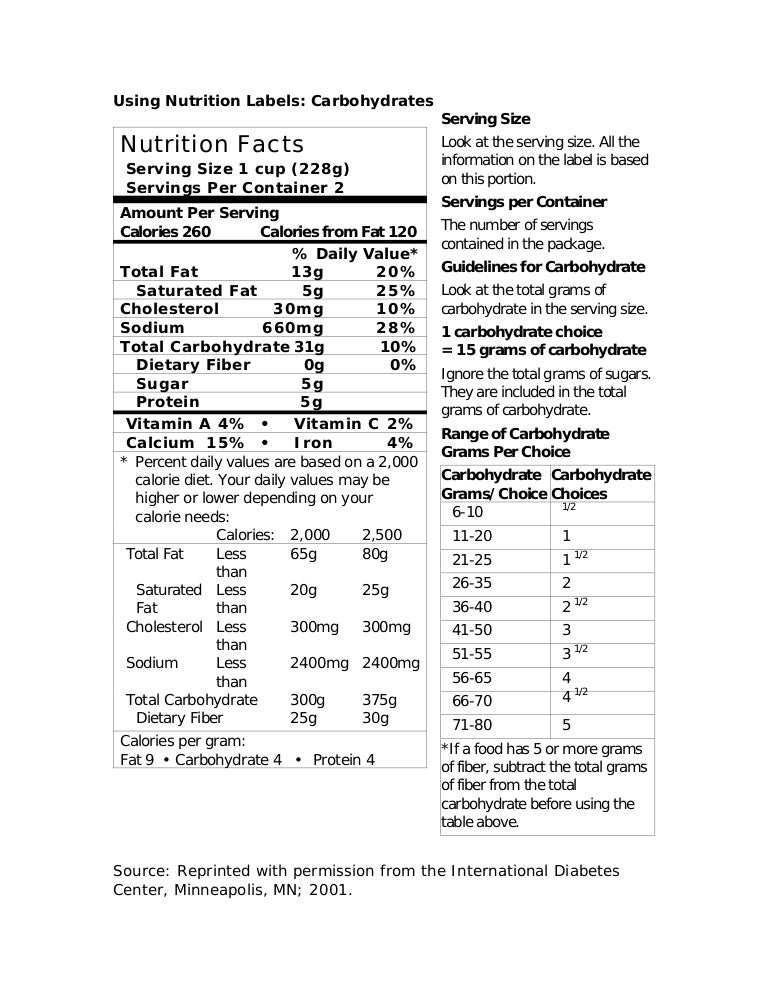

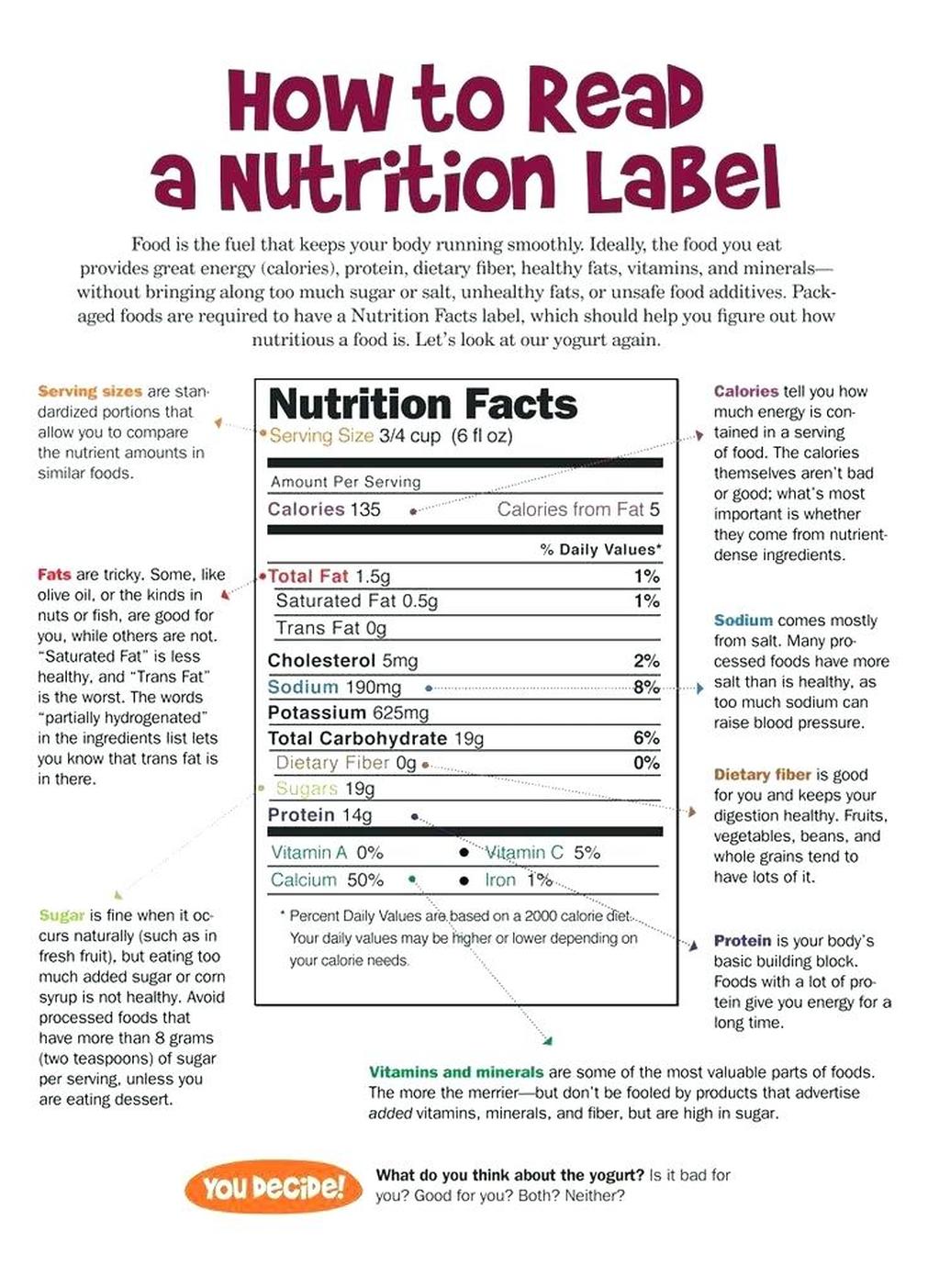
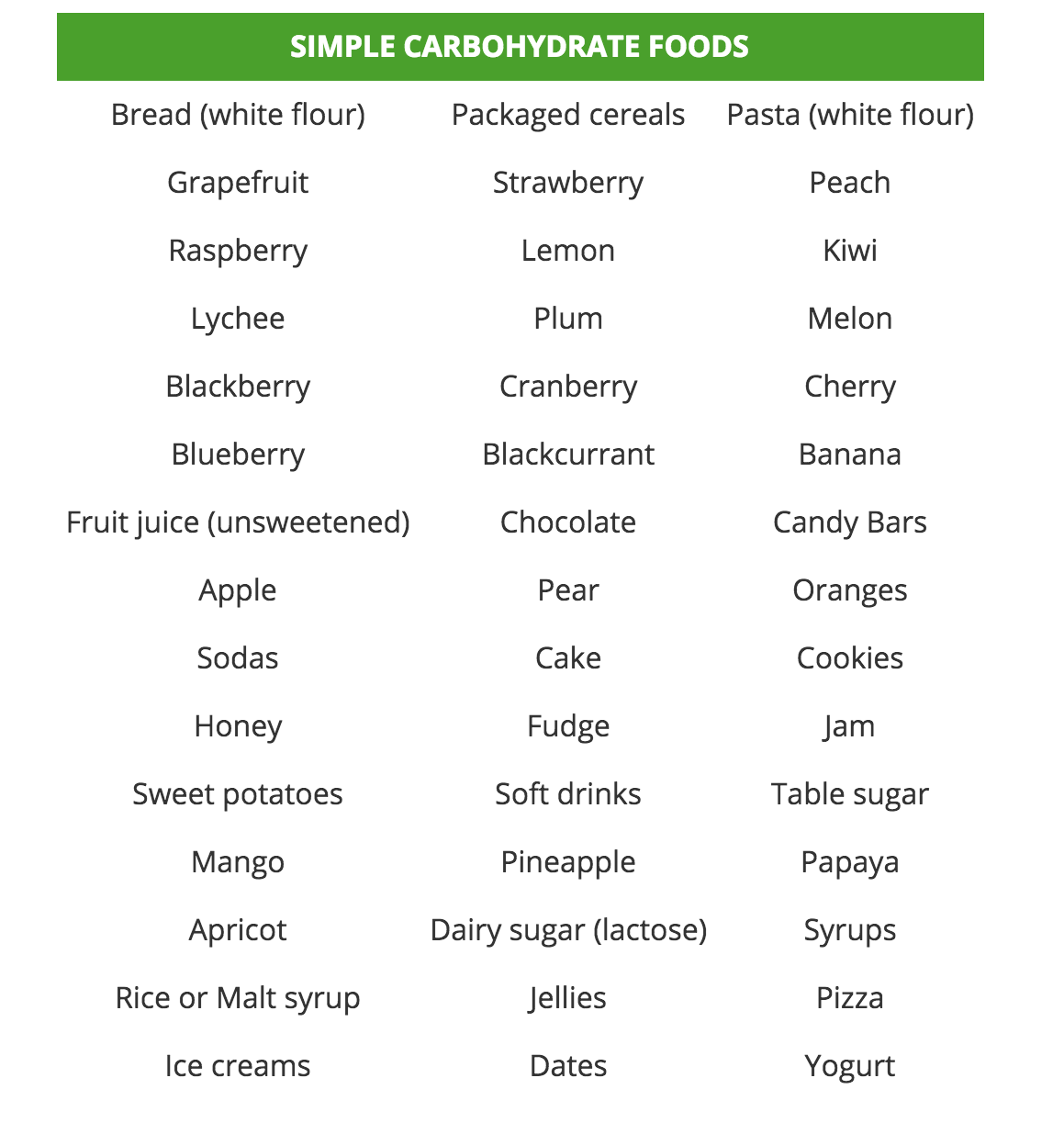

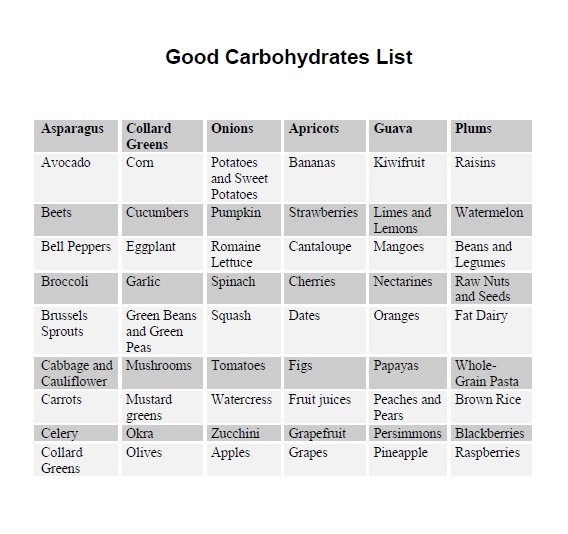
:max_bytes(150000):strip_icc()/LabelA2-56a5c0f65f9b58b7d0de5351.jpg)


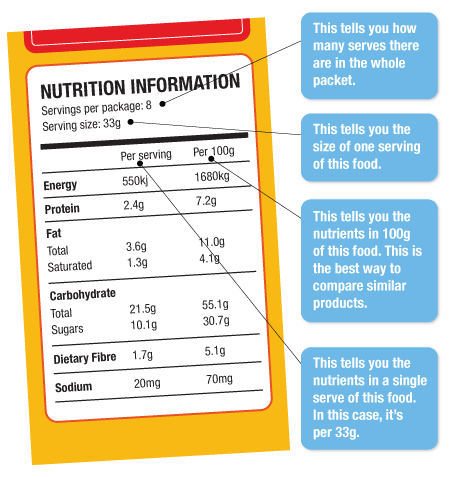
Post a Comment for "39 how to read food labels carbohydrates"